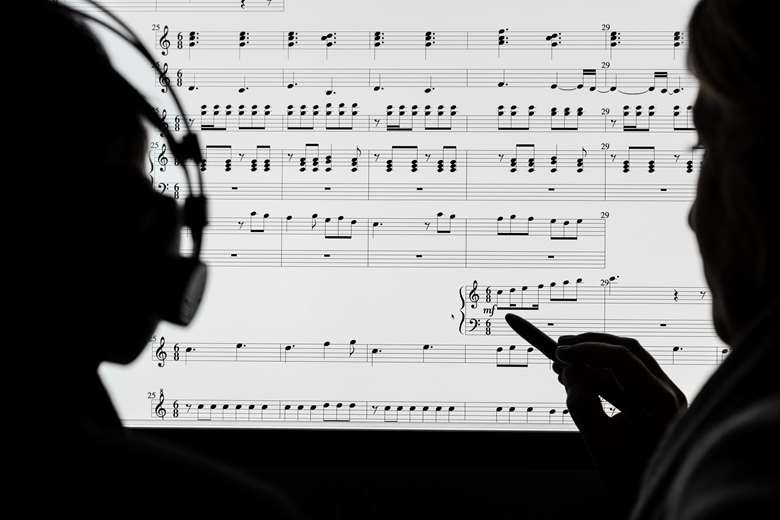Composers and the appeal of notation software
Toby Deller
Friday, October 30, 2020
Composers explain the advantages of using Dorico over other notation software systems


Register now to continue reading
Don’t miss out on our dedicated coverage of the classical music world. Register today to enjoy the following benefits:
- Unlimited access to news pages
- Free weekly email newsletter
- Free access to two subscriber-only articles per month